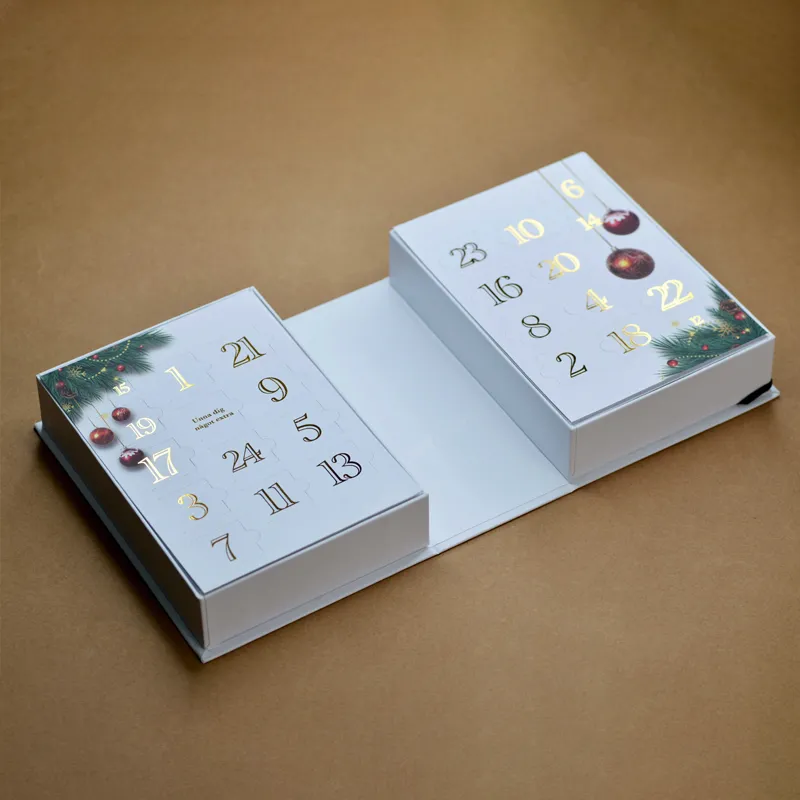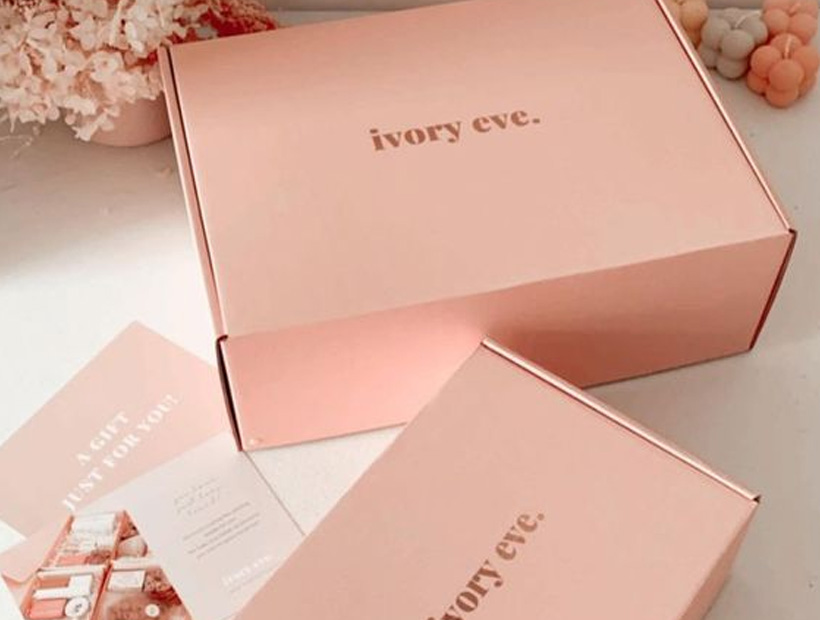Imagine this: “You ordered a product online and it got delivered at your doorstep. At the first sight, you had already started forming an opinion about the brand because of how the packaging looks. Then, you carry it and it feels just as beautiful as the appearance.”
That’s the power of custom packaging for small business – it’s your brand’s first experience with your customer, which can last a lifetime.
For small brands trying to make their mark in a crowded market or climb the way up to compete with the bigger brands, packaging isn’t just about a box to put your product in. Rather, it’s your silent salesperson, your brand ambassador, and can influence whether a customer will make a one-time purchase or repeated purchases.
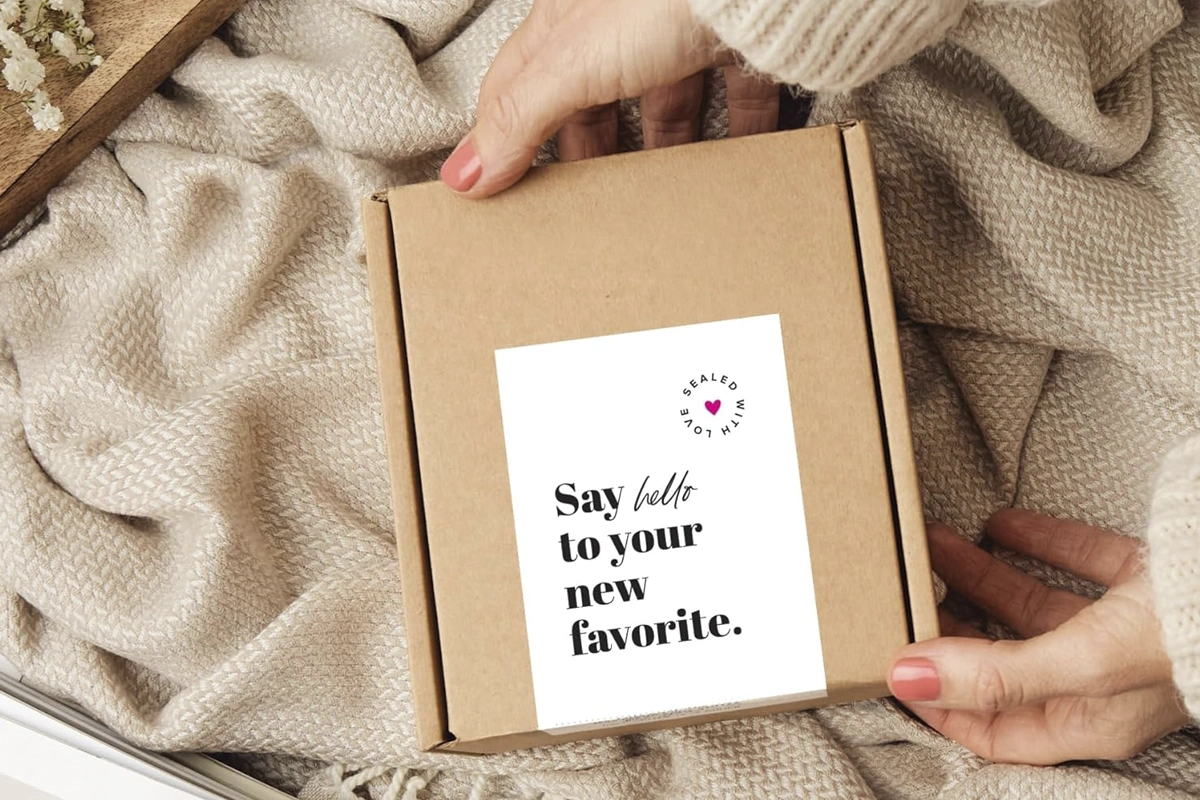
In this comprehensive guide, we are going to explain everything you need to know about choosing the right packaging solution to promote your brand, to impact customers’ perception, and to increase sales.
Let’s go!
Why Branded Packaging Matters for Small Businesses
- First Impressions Count
You know the popular saying about never getting a second chance to make a first impression? It’s often true for businesses, and your packaging usually makes the first impression before your product even gets a chance.
When someone gets a package (especially if the packaging is unique and luxurious), they explore it for some time before opening to see the product inside. For example, if you sell affordable handmade jewelry and you send it to customers in a plain envelope, it feels less special. But if the same affordable handmade jewelry is packaged in a custom carton box that has your logo and a “thank you” note, suddenly that same jewelry feels like a luxury purchase to be treasured.
High quality packaging creates a premium effect. Before your product is unwrapped, your packaging has already told a story about your brand’s values, quality standards, and how much you care about your customers’ experience.
- The Power of Brand Recognition
Consistency is your best friend when you’re thinking about how to choose packaging for a product. Every time someone sees your packaging, whether at their doorstep, in the office, or in an Instagram story, you want them to immediately know it’s your brand.
Look at brands like Apple or Microsoft, you can spot their packaging from across the room. That’s not by accident – it’s strategic brand building through consistent visual elements (like logo, color, fonts, and design elements). Your small brand can gradually become that popular if you maintain consistent visual elements across all your packaging.
They also serve as free advertising. When anyone posts their unboxing experience online or carries your branded shopping bag down the street, your brand is getting exposure. That consistent visual identity allows you to take advantage of these moments without making extra marketing efforts.
- Sell at a Higher Price with Branded Packaging
If you’re asking how much do companies spend on packaging, it might surprise you to know that customers are willing to pay more for premium-looking products. Packaging is not just vanity – customers believe that if much care is put into the packaging, the product inside must be exceptional too. This applies across all industries. A candle maker who packages their products in elegant boxes with custom labels can charge higher prices than those who sell the same quality candles in plain boxes.
The investment in quality packaging pays for itself through higher margins. When customers perceive that your product is premium because of its presentation, they are more accepting of higher pricing. You’re not just selling a product anymore; you’re selling an experience, a feeling, a status.
When customers are impressed by your presentation, they focus less on comparing your prices to competitors’. Rather, they focus more on the value you’re providing. They start thinking, “This is expensive but I love how it looks. It must be worth it.”
What Should a Branded Packaging Solution Include?
- Key Elements of Effective Branded Packaging
- Logo and Brand Colors: Your logo and brand colors are your secret weapons for instant recognition. The logo needs to be boldly displayed and easily readable, whether your package is moving down a conveyor belt at a shipping facility or sitting on a shelf. Choose a color palette and stick with it religiously across all your product packaging.
- Typography and Design Elements: The texts on your packaging should be playful yet bold, telling a completely different story. Your typography and design elements should align with your brand’s voice. They should also appeal to your target audience.
- Taglines or Mission Statements: You should have a short and easy-to-remember tagline/mission statement that can be incorporated in your packaging design. Having that reinforces your brand message and ensures people know what you’re about without even seeing the product.
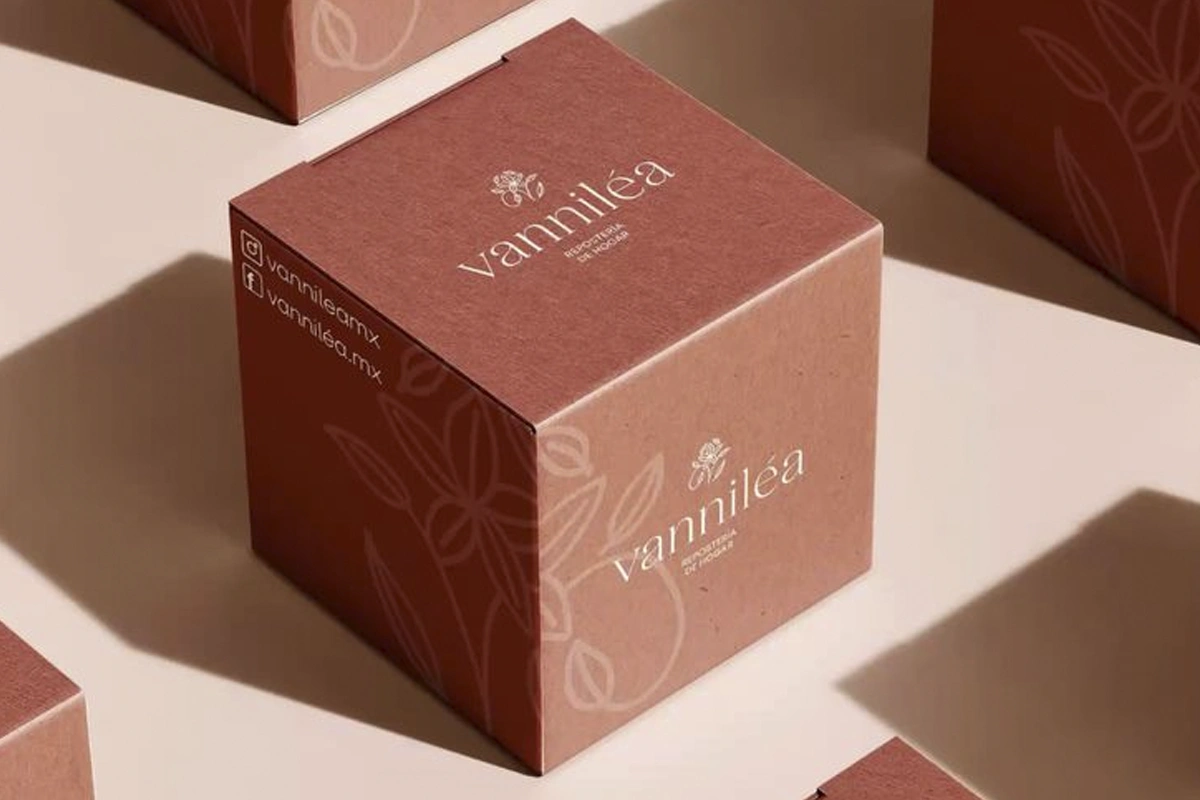
- Inner vs. Outer Packaging
Your outer packaging (the mailer boxes and shipping cartons) is your first line of brand communication. This is what your customers see first, what their neighbors notice, and what appears first in unboxing videos. Use a rigid box packaging to protect your products while looking professional to represent your brand well.
At the same time, don’t neglect what’s inside the box. Your inner packaging (the inserts and fillers) holds your products perfectly in place and adds an element of surprise.
Inner and outer packaging work hand-in-hand; they create a sense of excitement and anticipation.
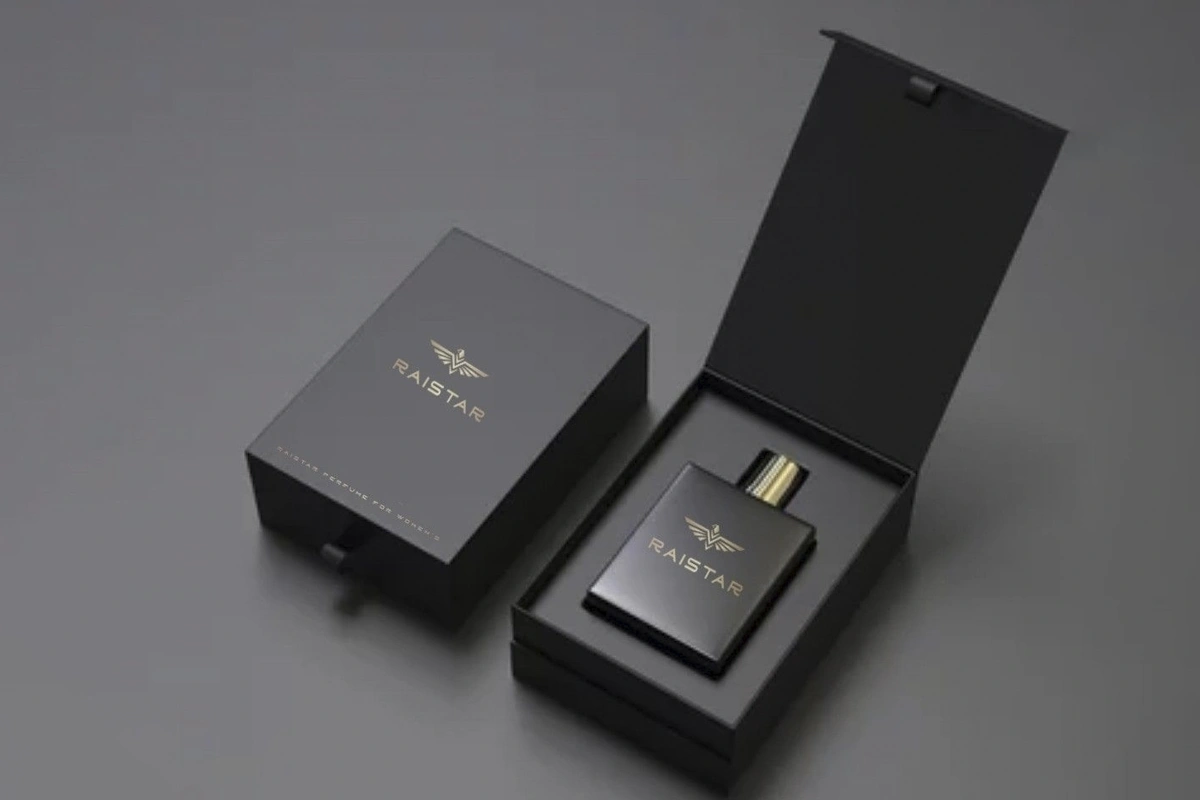
- Eco-Friendly Considerations
Eco-friendly packaging isn’t just good for the planet – it’s good for business, especially if your target audience values environmental responsibility. Use sustainable materials like recycled corrugated boards or solid boards that align with customers’ values.
The key is to be authentic about your packaging manufacturing, environmental efforts, and communicate them clearly on your packaging. If you’re using recycled, say so. If you’re using compostable materials, include simple instructions on the package. If customers can reuse the packaging, let them know how to do so.
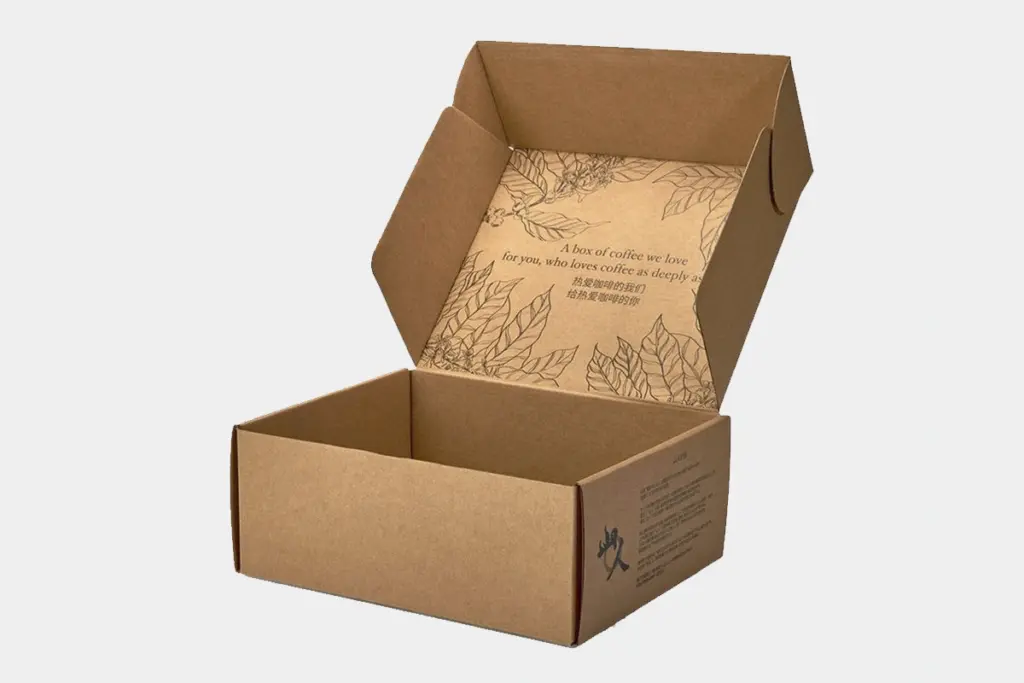
How to Choose the Right Packaging for Your Product
- Understand Your Product’s Needs
The first step to choosing the right custom packaging for small business is to think practically about what the product needs from its packaging. Consider the size, weight, and fragility of the product to select which packaging is best fit. For instance, a lightweight ceramic mug has very different requirements to a heavy mechanical item. And a liquid product needs a different packaging from a dry product.
- Align with Your Target Audience
How packaging attracts customers is to make sure it speaks directly to their preferences, lifestyle, and values. Match the packaging tone to your product category. Products targeting busy parents should prioritize easy-to-open packaging and clear labeling, while younger customers might appreciate bold, social media worthy packaging with QR codes.
- Balance Functionality and Aesthetics
Create a balance to have a packaging that protects your products perfectly while looking so visually pleasing. Start with protection – the product must arrive in perfect condition. Damaged items make customers frustrated, cause them to give negative reviews, and you may incur expensive returns. Then, avoid over-packaging or under-protection.
How Packaging Attracts and Converts Customers
- Shelf Appeal vs. Unboxing Experience
To attract customers and convert them, especially in physical stores where there are other options on the shelf, your packaging needs to stand out. This includes using bold colors, clear product photography, and clear benefit statements. But if you’re primarily selling online, the unboxing experience, such as inner packaging, surprise elements, and other personal touches.
- Emotional Connection through Design
Your packaging tells a story whether you’re intentional about it or not. Texture and color psychology are real and they affect how customers connect with your brand. The physical sensation of touching your packaging should reinforce what your brand stands for. Choose colors that align with the emotions you want customers to associate with your brand.
- Encouraging Repeat Purchases
Smart packaging is an important element of how packaging can increase sales. Include elements like Calls-to-action, QR Codes, and Discount Codes to keep your brand top-of-mind and make reordering easy.
Finally, make your packaging worth keeping. If customers reuse your boxes, bags, or containers, your brand stays visible in their homes and anywhere they go with it.
Practical Tips for Small Brands Starting Branded Packaging
Work with a Packaging Expert or Supplier
The value of professional help in custom packaging cannot be overestimated. Professional packaging experts understand material limitations, printing requirements, shipping regulations, and cost-effective production methods that can save you time, money, and frustration.
It’s important that you partner with an experienced printed box packaging manufacturer that understands your brand’s vision. Clearly communicate your products, budget, timeline, and goals. The more specific you are about what you want, the better they can help you find solutions that work.
Budget-Friendly Branding Options
You don’t need to startup like your bigger competitors and you don’t need a huge budget to create branded packaging to make your presence felt. With simple custom labels and stickers for business, you can transform plain boxes into branded experiences at an affordable price.
For your printing techniques, consider digital or offset printing. For small quantities, digital printing makes more sense because while the per-unit cost may be higher, the lack of setup fees and lower minimum order quantities makes it ideal for small brands.
Final Thoughts – Packaging is More Than a Box
Custom packaging for small business is not just a box – it’s a brand experience and sales tool. See it as a strategic investment for long-term growth. The packaging choices you make today will influence your brand’s image for years to come, so make an informed decision.
